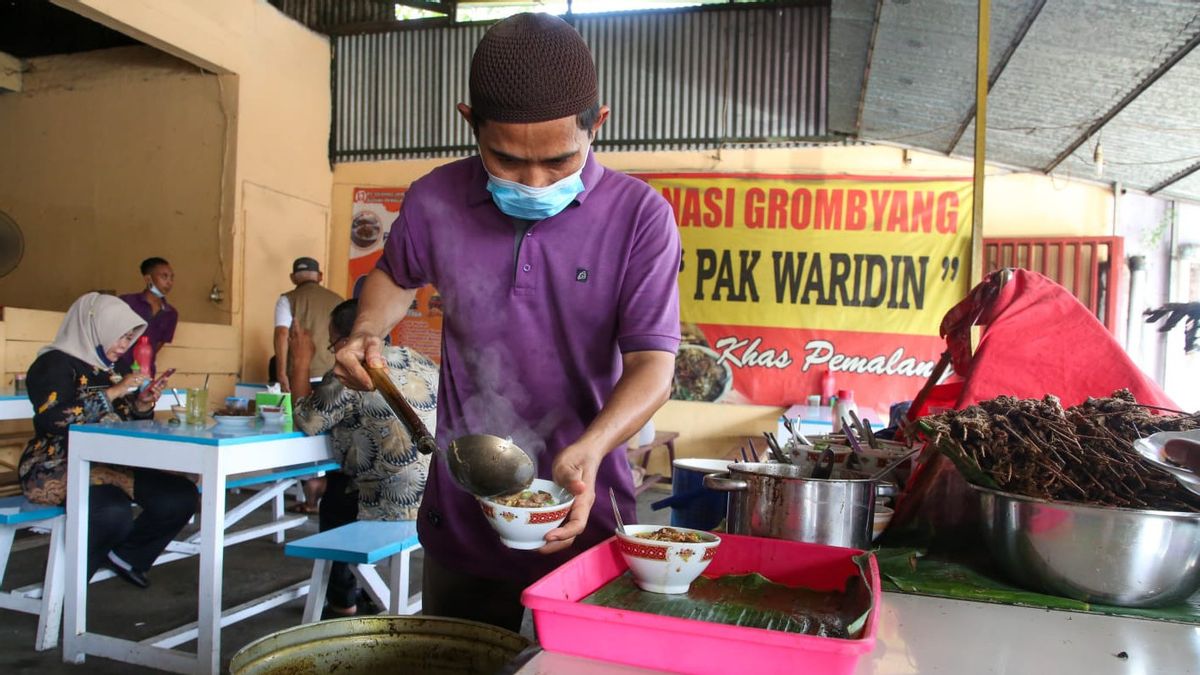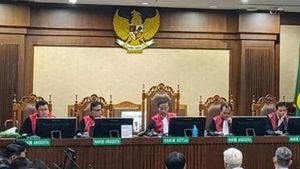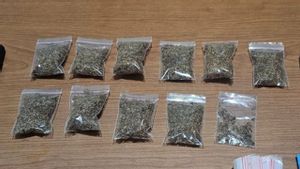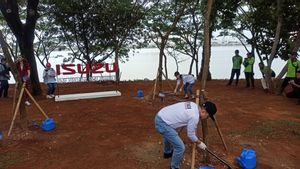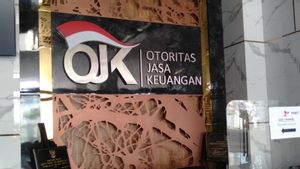JAKARTA - Nasi grombyang, a culinary specialty of Pemalang Regency, Central Java, has just been designated as an Intangible Cultural Heritage (WBTB) by the Ministry of Education and Culture.
It should be noted that it is not the grombyang rice product that bears that title. However, it is the processing that makes the food special.
Head of the Cultural Division of the Pemalang Regency Education and Culture Office, Ismun Hadiyono, said that gromb rice was included in the WBTB category in the category of traditional technology.
"Indeed the shape of an object, included in the Intangible Cultural Heritage, refers more to the category of traditional technology," said Ismun, quoted from the Central Java Provincial Government Public Relations, Friday, November 5.
Since 2019, the proposed gromb rice has been included in the WBTB. But it has only been set since October 29, 2021.
"Looking at the developments here, many typical foods are claimed by other regions or even countries. So we have an obligation to propose grombyang rice, it's the original Sega grombyang," he added.
Once designated as one of the WBTB, the local government is responsible for the four pillars. Namely protection, development, utilization, and preservation.
“Currently there are several food stalls selling grombyang rice. So, we will be responsible for protecting, developing, utilizing and preserving," he said.
Get to know gombyang rice
The name grombyang comes from the Pemalang language which means floating on the surface or swaying. In serving, the composition of the gravy is more than the rice, so the rice can float and wiggle between the gravy. The name grombyang cannot be found in other cities, it is very iconic and unique.
It is not known with certainty when this special food was created. That said, grombyang rice has been around since the 1960s. At that time the gromb rice seller who sold his wares not permanently, but went around the village.
One of the heirs of grombyang rice, Waridin said that he had started a business selling grombyang rice since 1978, previously helping his uncle Warso in the same business.
"Initially I joined uncle selling grombyang rice, finally opened it myself since 1978 until now. Previously, from the price of 15 silver (Rp. 15), until now it has reached Rp. 16 thousand per portion," said Waridin.
Making gromb rice is more complicated than beef soup or other gravy meats. Start cooking the meat, slicing, plus the broth menu made from kluwak, serundeng and the fat of the meat itself. The sauce is also seasoned with spices, such as galangal, ginger, turmeric, bay leaves, candlenut, and others. Then before serving sprinkled onclang slices and red onion.
"In the past, we used buffalo meat, but now it's difficult to use beef. It takes two to three hours to make grombyang rice," he explained.
Waridin admitted that he was proud that his efforts to continue the legacy of his ancestral recipe had a sweet fruit, after gromb rice was designated as one of the WBTB.
"I am happy and proud that this is listed as a Cultural Heritage," he explained.
The English, Chinese, Japanese, Arabic, and French versions are automatically generated by the AI. So there may still be inaccuracies in translating, please always see Indonesian as our main language. (system supported by DigitalSiber.id)
